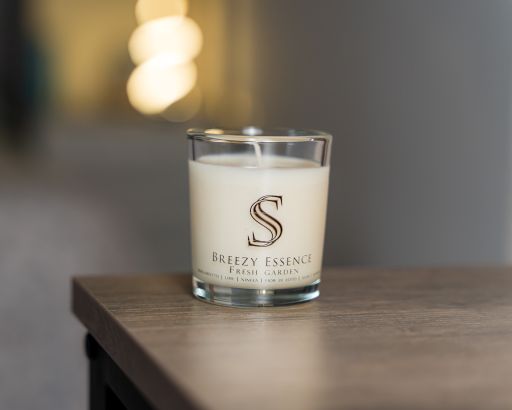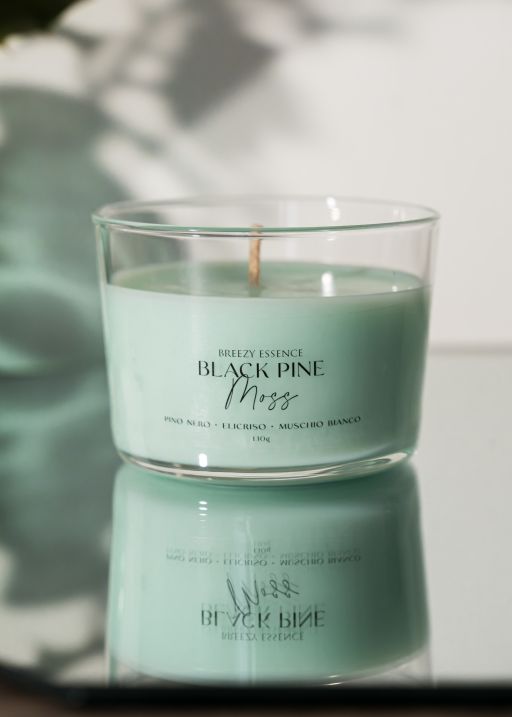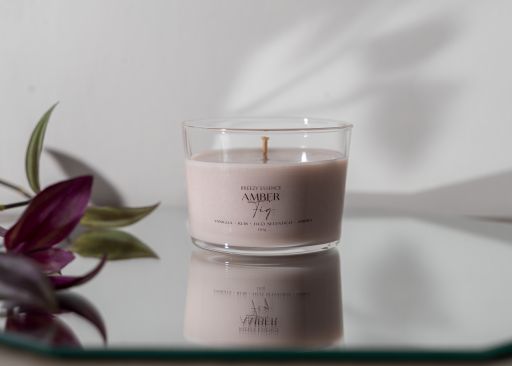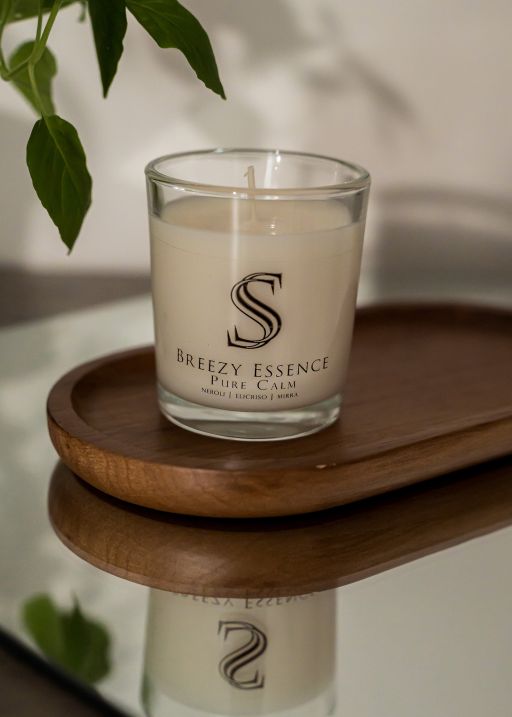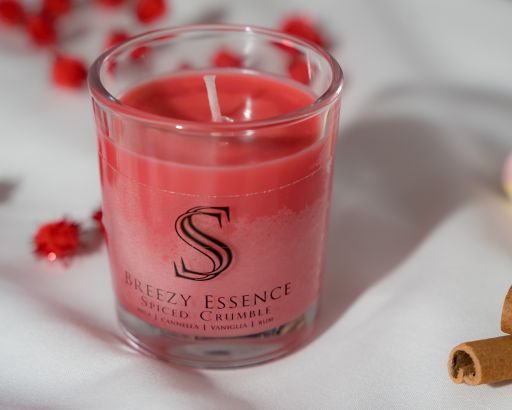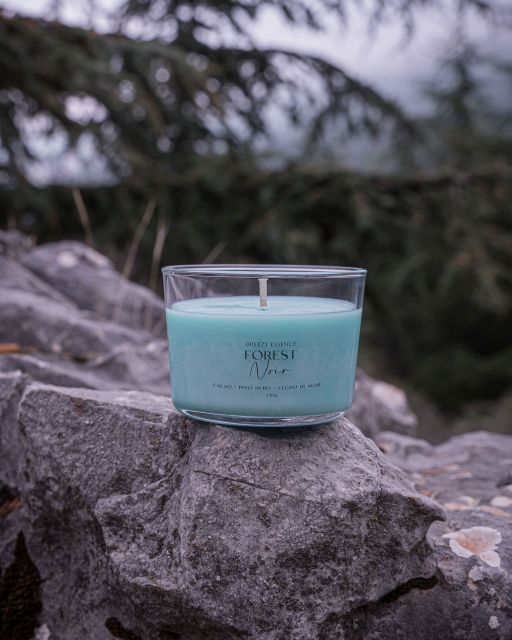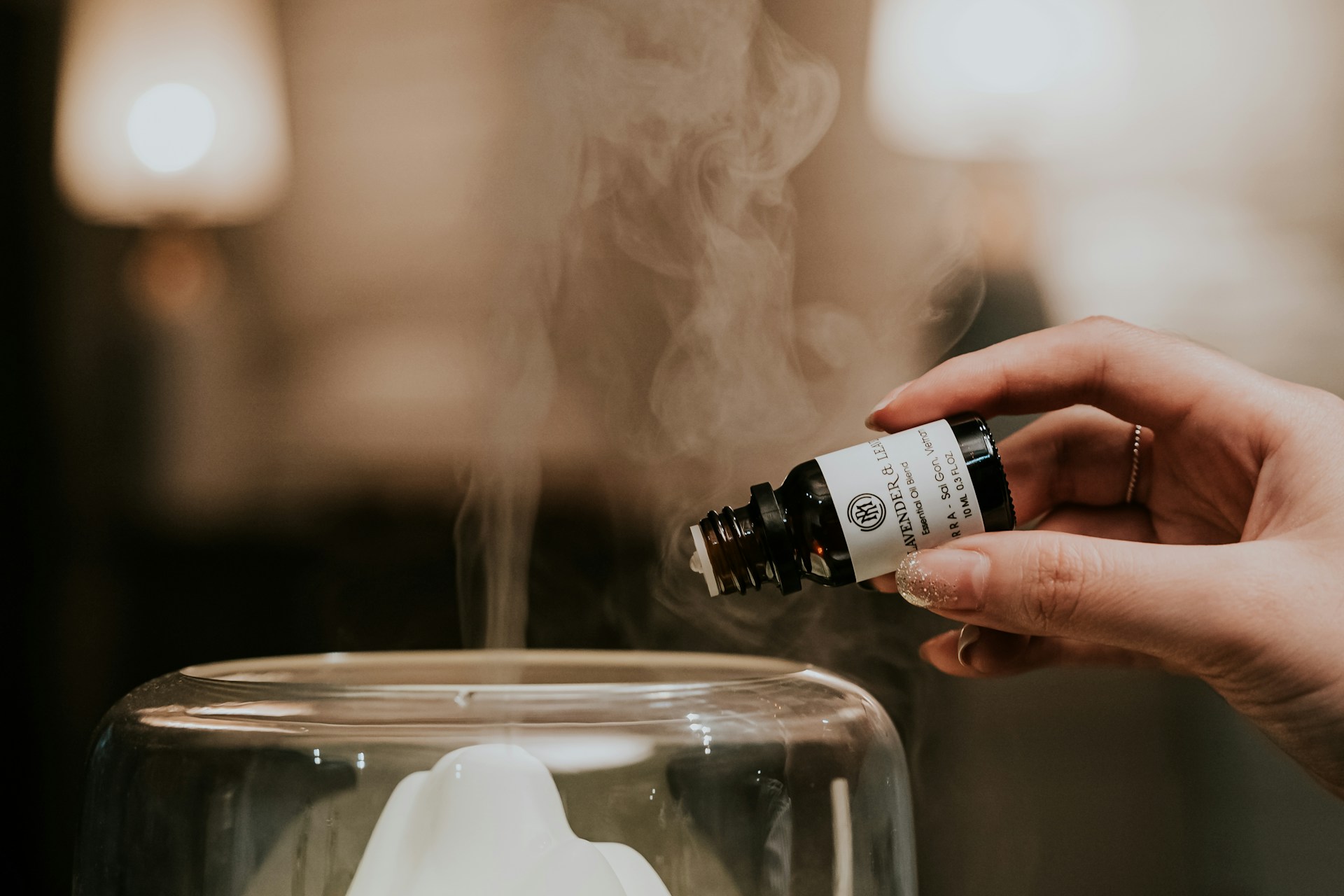07.07.2025
1.073
Lavender is much more than an aromatic plant with enchanting color and relaxing scent. For millennia, it has been a pillar of natural wellness, used in traditional medicine, aromatherapy, cosmetics, cooking, and spiritual rituals. But is it truly effective or just a passing trend?
In this article, we will thoroughly explore lavender: from its botanical roots to practical uses, from scientifically proven benefits to necessary precautions, to understand what makes this plant so special.
Botanical origin and classification of lavender
Lavender belongs to the genus Lavandula, family Lamiaceae — the same family as other aromatic herbs like sage, rosemary, and thyme. Its natural habitat is the dry, sunny Mediterranean regions, often on rocky slopes and sun-exposed hills.
Lavender inflorescences appear as spikes of small blue-purple flowers, blooming from late spring to early summer, emitting a distinctive and unmistakable fragrance.
Meaning of the name
The term “lavender” derives from the Latin lavandus, meaning “to be washed,” referring to its use by the Romans in ritual purification baths.
Main lavender species
There are more than 40 species of lavender, but the most important and widely used in therapeutic and cosmetic fields are:
-
Lavandula angustifolia
The most prized species, with a sweet and delicate fragrance and low camphor content. It is the most used in aromatherapy for its calming properties.
-
Lavandula latifolia
Contains a higher amount of camphor, with a more pungent and balsamic scent. Mainly used for respiratory ailments.
-
Lavandula stoechas
Ornamental species, with characteristic “tufted” flowers, less used in therapeutic contexts.
-
Lavandin (Lavandula × intermedia)
A hybrid between angustifolia and latifolia, particularly productive and used in industry to extract essential oils in large quantities, but with less refined aromatic qualities.
What are the benefits of lavender?
Lavender is known for its multiple therapeutic properties, ranging from relaxation to skincare. Here are the main benefits supported by scientific evidence:
Effects on the mind: natural calmative and anxiolytic
Lavender is widely recognized for its action on the central nervous system. Studies show that inhalation or ingestion of lavender essential oil reduces cortisol levels (stress hormone) and increases serotonin production, helping to:
-
Reduce anxiety and nervous tension
-
Promote relaxation and mental calmness
-
Improve sleep quality by reducing time to fall asleep and increasing deep sleep
-
Mitigate mild depressive symptoms and mood swings
Physical and therapeutic benefits
Lavender has numerous physical and therapeutic properties, including:
-
Anti-inflammatory and analgesic action:
Lavender essential oil can be applied locally to relieve muscle pain, tension, headaches, and joint inflammation.
-
Antiseptic and healing:
It promotes healing of minor wounds, burns, insect bites, and skin irritations, thanks to its antibacterial and regenerating properties.
-
Soothing for the skin:
Used in creams and lotions, it helps calm redness, dermatitis, eczema, and itching.
-
Respiratory benefits:
Inhaling lavender vapors can help clear airways, relieve coughs, colds, and flu symptoms.
-
Digestive system regulation:
Lavender infusions and teas can aid digestion, reduce bloating, and abdominal cramps.
Lavender and the immune system
Although not a direct immunostimulant, lavender supports the immune system by reducing stress and improving sleep quality, two key factors for natural defenses. Moreover, thanks to its antimicrobial properties, diffusing lavender oil at home helps purify the air from bacteria and viruses, creating a healthier and safer environment.
How to use lavender
Lavender is an extremely versatile plant and can be used in many aspects of daily life: from personal wellness to home care, from beauty to cooking. Here are the main effective and mindful ways to use it.
In aromatherapy
Aromatherapy is perhaps the best-known use of lavender. The essential oil is mainly used for inhalation: just add a few drops to an ultrasonic diffuser to fill the room with an enveloping scent that promotes relaxation.
It can also be applied to a handkerchief, pillows, or in a warm bath to amplify the soothing effect before sleep. The aroma helps clear the mind, reduce obsessive thoughts, and create a calmer, more centered mental space.
In cosmetics
Lavender is widely used in natural cosmetics for its calming, antibacterial, and healing properties. It is found in face and body creams, soothing serums, after-sun lotions, shampoos, and shower gels for sensitive or irritated skin.
Products containing lavender are ideal for those suffering from redness, mild acne, or reactive skin. Using it in the evening skincare routine also helps prepare for restful sleep, turning beauty care into a relaxing ritual.
To scent the environment
Lavender also plays a leading role in home fragrance products. Scented candles, room sprays, wardrobe sachets, and reed diffusers use its relaxing scent to create a welcoming and harmonious atmosphere. These items not only add a touch of elegance to spaces but also contribute to daily wellbeing thanks to lavender’s calming properties.
Our lavender scented candles are the ideal choice for those who want to benefit from the relaxing properties of this iconic fragrance while enhancing every environment with elegance and harmony.
Conclusion
Lavender is a precious gift of nature, capable of gently and deeply acting on mind, body, and environment. Its benefits are supported by centuries of tradition and numerous scientific evidences, making it a valuable natural remedy to face stress, anxiety, insomnia, and minor physical ailments.
In an increasingly hectic world, lavender offers us a simple and accessible opportunity to rediscover harmony and wellbeing.

